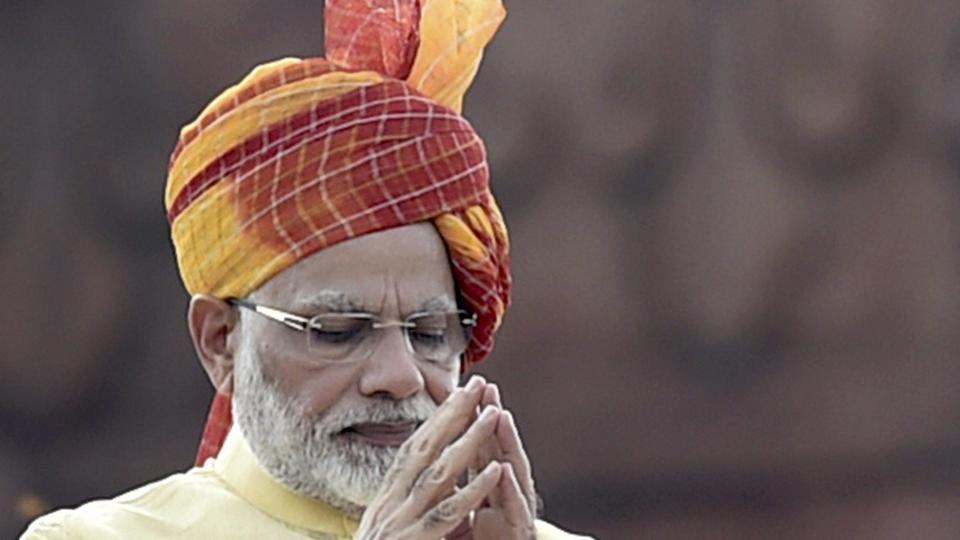While shop owners put the blame on dearth, banks retain that enough small denomination coins are being distributed as per the demands of the market.
In India, it is tough of find small change than black money, except for maybe among the finicky shopkeepers and consumers of eastern India. And even the Reserve Bank of India (RBI) has confirmed the heavy deficit in supply of coins. Reportedly in 2012-13, only 6,878 million coins were released though the indent was for 9,554 million, and the gap is expected to expand this year.
The present situation of coins flowing in India is slightly outlandish. The country is from last few years witnessing a severe shortage of circulating coins. This shortfall is being firmly fought against by the government and central bank RBI.
Indeed, RBI data shows that coins of 50 paise and 25 paise now only constitute 17.5 percent of the total coins in flow — declined from 52 percent just three years back — and have been replaced by Rs 1 coins, which also highlights the vanishing of the decimal point from price tags. A fresh disclosure by a Chennai trader of an everyday loss of Rs 500 due to this scarcity of coins adds another element to the cry for change that gets vehement, as we get closer to 2014 general elections.
Go to a shop in Sohna, Haryana, may be to a grocery store or a pharmacy, and the shopkeeper will coolly hand over a one-rupee-worth candy to the customer saying there is “shortage” of small change. The customer silently collects the candies and walks away selecting to keep his or her self-esteem unharmed rather than argue over a meagre sum of unreturned money.
But even Sohna has been feeling the pinch of the “shortage of coins” for some years now. So, where has small change gone missing and what are the reasons behind this regular occurrence?
This scarcity of coins has been caused by a blend of several factors. Reasons such as- India’s massive population, the fact that the banks other than the RBI are hardly concerned about coin distribution, the fact that the once much used notes of Rupees 1, 2 and 5 are no longer issued and it is likely that too many people are holding on to too many coins.
Another probable cause is ‘rate of circulation’ of coins. It arises when distributed coins fail to flow freely, without hitches, or fail to change hands. For example, it is the practice in Nagaland households to retain cash collection boxes, where mainly small change is amassed over a certain period of time, which are later donated to churches and in the weekly Sunday school classes and Sunday mass service. Then there are temples also, which regularly receive lots of coins.
While shop owners put the blame on dearth, banks retain that enough small denomination coins are being distributed as per the demands of the market.
This shortage of coins is a major crisis and numbers of steps are being taken by the RBI to help resolve the issue. The two main measures taken to ease the coin shortage problem- foreign made coins for India and organisation of coin distribution.
Foreign made coins for India
Coin shortage in 1985 saw the use of the Birmingham Mint, the British Royal Mint for the production of Rupee 1 coins and a South Korean Mint for 50 Paise coins. Later in 1988 the Royal Canadian Mint manufactured almost three-quarters of a billion pieces of the new steel coins launched in India that year. The fresh coin delivering problems in India have given a chance to RBI to look to foreign mints for the supply of the same.
Organisation of coin distribution
Hitches in the distribution of new Rupees 1, 2 and 5 coins could possibly be liable to the fact that the main passage of distribution is just the RBI, its branches and mobile outlets. The other banks take no accountability for the distribution of coins as they understand what a great task this would be. This has created a space for money changers in the society, who can charge up to 10 percent for swapping mucky notes for coins. Moreover, places such as restaurants are used by the public as means of getting useful amount of change. Various local associations of hotel owners vigilantly arrange distribution of coins through their very many members. The number of coins involved with this amount up to hundreds of thousands in large cities. The common idea behind this is that filthy notes will be exchanged for new coins.
The provision, in large cities, of extra help in the distribution of coins, has been organised by a few charitable organisations in partnership with the RBI over the last couple of years. These soiled note swapping sessions are a weekly event taking place at selected regular venues. The motive behind it is that the public can barter dirty Rupees 1, 2 and 5 notes up to a value of Rupees 800 for new coins of these denominations. The maximum Rupees 800, for this, is paid out in 100 pieces of each, Rupees 1, 2 and 5. In addition, the supply of quantities of 25 and 50 Paise coins also takes place during these sessions.





